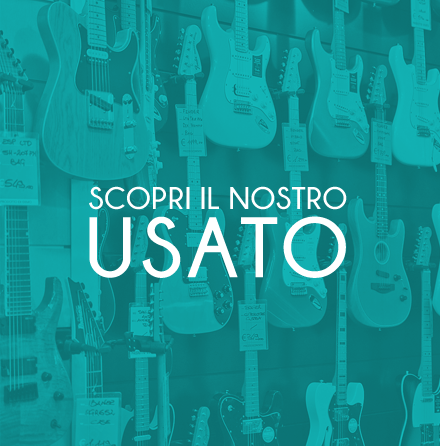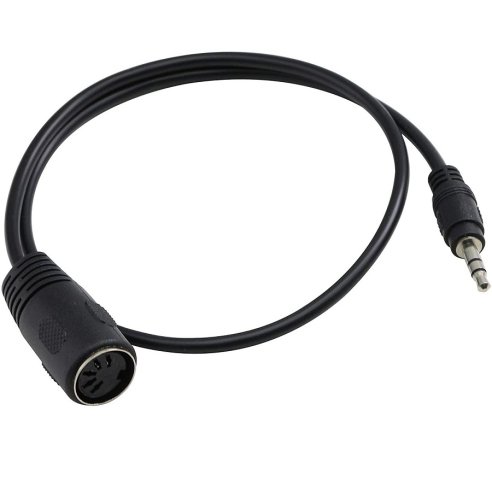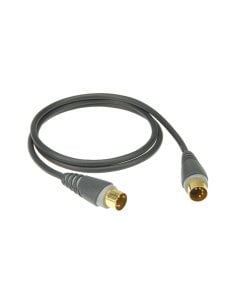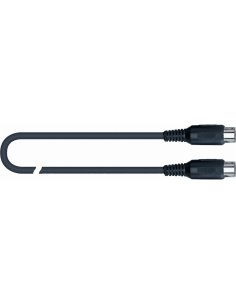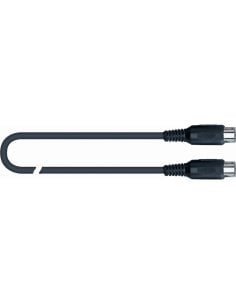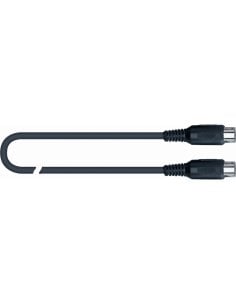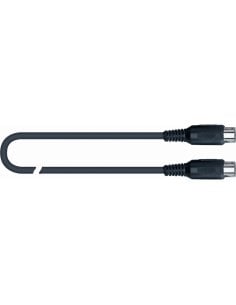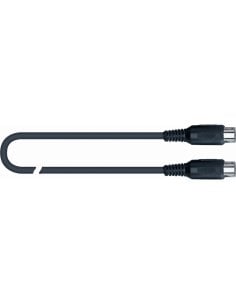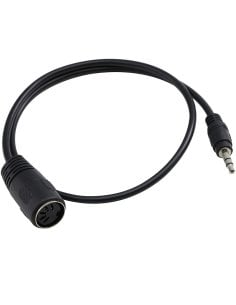-
-
Guitars and basses
-
-
Keyboard
-
-
-
-
Brands
-
-
-
-
Drums
-
-
Microphones
-
-
-
-
Brands
-
-
-
-
Studio
-
-
PA
-
-
-
-
Brands
-
-
-
-
Traditionals
-
-
Winds & Brass
-
-
-
-
Brands
-
-
-
-
DJ
-
-
-
-
Brands
-
-
-
-
Headphones
-
-
-
-
Brands
-
-
-
-
Accessories
-
-
-
-
Brands
-
-
-
-
Cables
-
-
Lights
-
- Rentals
-
Sheet
-
-
Second hand
- Gift Card
- Offers
-
-
Guitars and basses
-
-
Keyboard
-
-
-
-
Brands
-
-
-
-
Drums
-
-
Microphones
-
-
-
-
Brands
-
-
-
-
Studio
-
-
PA
-
-
-
-
Brands
-
-
-
-
Traditionals
-
-
Winds & Brass
-
-
-
-
Brands
-
-
-
-
DJ
-
-
-
-
Brands
-
-
-
-
Headphones
-
-
-
-
Brands
-
-
-
-
Accessories
-
-
-
-
Brands
-
-
-
-
Cables
-
-
Lights
-
- Rentals
-
Sheet
-
-
Second hand
- Gift Card
- Offers
Quik Lok SX/164 TRS-MIDI 0,20 "Type B" 20 cm
Shipping via express courier (24/48 hours) with tracking
![]()
Pay in instalments with Findomestic
Quick and easy returns up to 30 days
![]()
2-year extended warranty available
Do you need help? Contact us now Click here or call at (+39) 02 8395060.
SX/164 TRS-MIDI 0.20 “Type B” STRIX Series Midi Cable
Connectors: Mini Jack TRS 3.5/Midi DIN 5-pin female (in molded plastic)
Type: TRS-MIDI “Type B” connections as in the picture
Color: black Total
length: 20 cm
MiniJack TRS 3.5/Midi DIN 5-pin female adapter cable suitable for devices that have an output midi on 3.5 mm minijack; perfect in combination with one of our Strix SX/164 MIDI cables with 5-pin male/male Midi DIN connectors. “Type B” connection as shown in the picture.
Also available in a version with “Type A” connection: Quik Lok - SX/164 TRS-MIDI 0.20 Type A 20 cm
Musical instruments and various MIDI equipment must be physically connected in order to communicate with each other. For this purpose, the MIDI standard involves the use of a triad of 5-pin DIN connectors, of which only the 3 central poles are used. Through a pentapolar connector (5-pin DIN) these cables allow the physical connection between the instruments. The three connectors are divided as:
- Midi IN: allows the device to receive information
- Midi OUT: allows the device to transmit information
- Midi THRU: allows the device to retransmit the data received from its IN port to another device The MIDI protocol was created in the early eighties as a
response to the need to communicate between their different electronic musical instruments, taking into account the characteristics of each one. Several manufacturers already offered some interfacing systems on their instruments, such as CV/Gate, DIN sync and Digital Control Bus (DCB). These interfaces, based on proprietary algorithms, guaranteed operation only on tools from the same manufacturer, while the demand for a system capable of guaranteeing operation on tools from different manufacturers grew. The finished project appeared only in August 1983 when the specifications of the new MIDI protocol were presented to the public at the NAMM Show in Los Angeles. Since then, MIDI (Musical Instrument Digital Interface) has established itself as a standard protocol for the interaction of electronic musical instruments, even through a computer.

